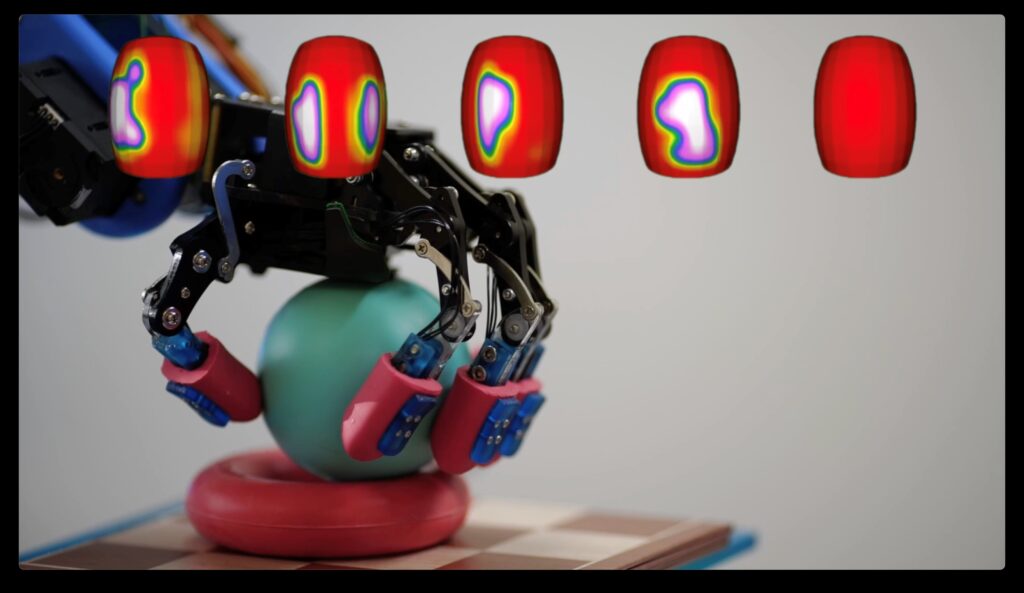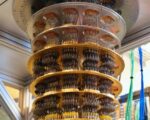Robots may soon acquire the human sense of touch, if the promise of newly unveiled skin-like fabrics from sensor company BeBop comes to fruition to enable the machines to have a haptic feel of the world around them.
Called RoboSkin, the coverings showed off last week come with sensors to deliver data on a surface, thus mimicking the sense of touch that people take for granted. These coverings can be placed on any part of a humanoid robot to enable it to “feel” a surface.
This is important because the sense of touch enables robots to accomplish many tasks. Placed on a palm, it could make gripping and picking up items easier; fitted on the feet, it could enable a robot to feel the floor better and walk more naturally like humans.
BeBop says its RoboSkin has spatial resolution and sensitivity that meet or exceed human abilities. That means robots fitted the artificial skin can be more dexterous and adapt to the world around it instead of being placed in specially built environments, like on a factory floor.

BeBop, based in the United States, already has millions of other sensors out in the market. These smart fabrics are used by manufacturers to help machines sense force, size, weight and shape, for example, without relying on bulky and unwieldy sensors.
“I have been working with roboticists refining our RoboSkin for 10 years,” said founder Keith McMillen in a media release last week. “We are pleased we can make this important contribution to the worldwide effort to bring humanoid robots into our lives to help people live longer, healthier, and more enjoyable lives.”
Of course, placing haptic sensors on a robot is just the first step to make humanoid robots more, well, human. The algorithm involved needs to be robust as well, by translating the sensor data into something meaningful for the robot to act on, like the temperature or smoothness of a surface.
There are also applications beyond robots, to be sure. The sensors can be used as prosthetics or as part of augmented or virtual reality gear, which would let users feel a physical touch despite being connected digitally.








